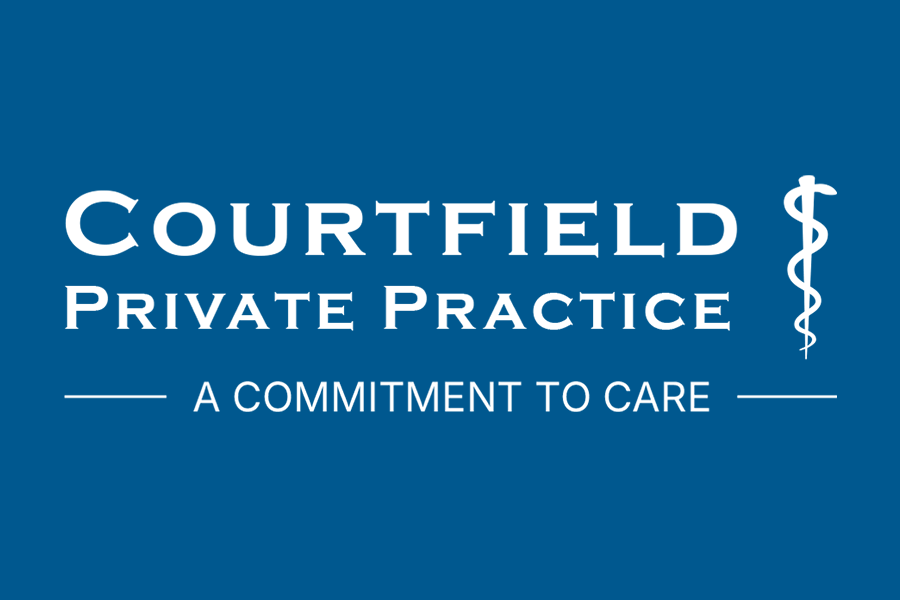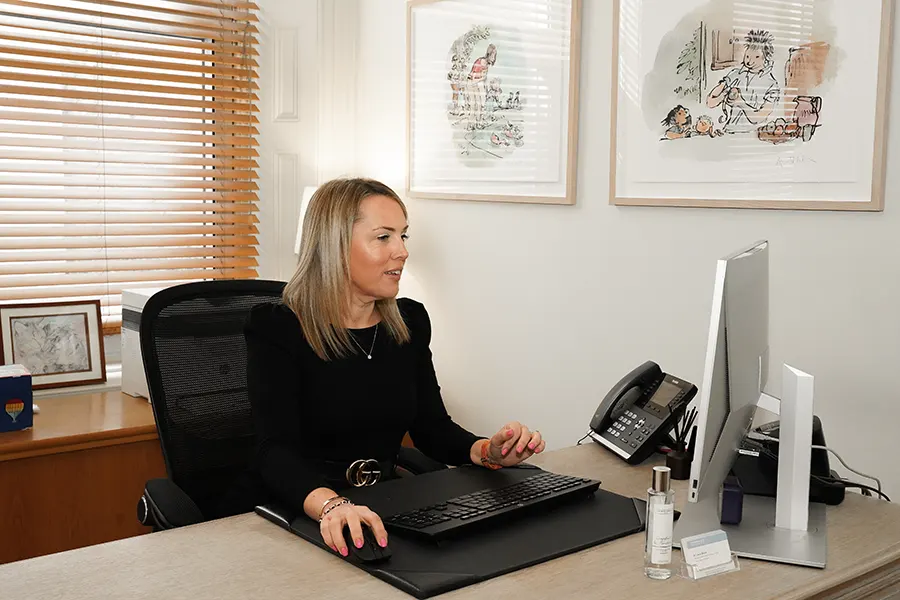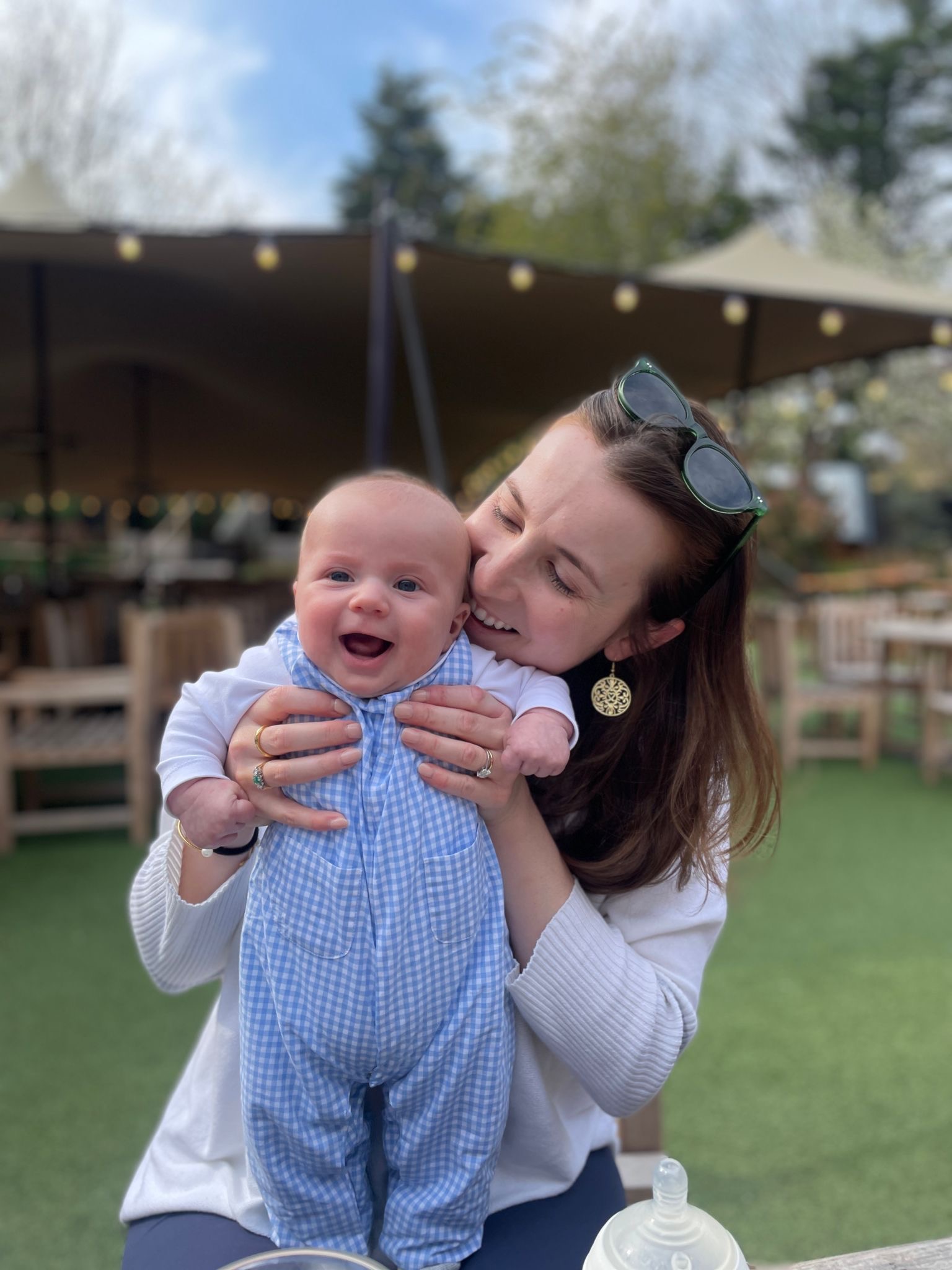Dear Courtfield Patient,
INTRODUCTION
Since the last newsletter the numbers of COVID-19 positive cases have continued to steadily rise (not “surge”) across the UK, as would be expected at this time of year, due to a combination of the cooler weather, schools and Universities re-opening and perhaps as a legacy of an over relaxed approach to social distancing towards the end of Summer.
Courtfield has now had a total of 20 positive cases since the beginning of September-an increase of 15 since our last newsletter one month ago.
Whilst this represents a trebling of cases in a month, this rate of 4 cases per week represents less than 2% of our workload, on behalf of our practice population of approx. 2,500 patients.
If applied nationally this means the average NHS GP (who looks after approx. 1700 patients) will be managing 3 new cases per week.
All of our patients have had minor symptoms only, with fatigue, cough, low grade fever and headache being the most common.
Whilst the number of hospital admissions continues to rise, our hospital colleagues locally report satisfactory capacity both on the wards and in ITU, (where over 80% of patients now survive, compared to only 50% in March).
This is thanks to a better understanding of COVID-19 and more effective treatments (Dexamethasone, Remdesivir, anticoagulation, convalescent plasma, Oxygen therapies etc).
Whilst sadly the number of deaths (mainly in the vulnerable and elderly-median age of death is 81) is rising, the latest Office for National Statistics rank COVID as the 14th most common cause of monthly death in the UK.
Whilst we hear a lot about hospital admissions rising, it is important to balance this with the fact that hospital discharges are also rising!
Furthermore, the incidence of other seasonal respiratory infections and gastrointestinal viruses such as Norovirus (“the Winter vomiting bug”) is very low indeed -no doubt due to the precautions we are all continuing to take ( hand washing, social distancing and wearing masks).This mirrors the experience in the Southern Hemisphere whose Winter season was characterized by very low rates of Influenza.
There is also some evidence from both the Office for National Statistics and the COVID symptom tracker app (“ZOE”) that suggests the rate of growth in cases is beginning to slow and indeed to be decreasing in some parts of the UK.
Taken together with the fact that there is a realistic chance of a vaccine within the next 2 months, the news in not all bad!!( More about the vaccine in our next Newsletter, but of course exciting news from Pfizer who report 90% effectiveness for their vaccine and also from the Oxford/Astra Zeneca vaccine this week which showed an effective immune response in both young adults AND the elderly.
HOWEVER ….
COVID-19 is still definitely an illness to avoid, not only due to the risk of death, but also because of our increased awareness of the potential long-term consequences of this infection-known as” Long COVID”.
The best evidence for the incidence of this condition comes from Prof Tim Spector of Kings College, London who is leading the app based “COVID symptom study” (which has recruited over 4million individuals).
He estimates the overall incidence of long COVID to be around 5%.
His study has also shown that of those patients that contract COVID, whilst the vast majority recover within 7-10-days,
1 in 7 still have symptoms after 4weeks,
1 in 20 still have symptoms after 8 weeks,
and 1 in 45 still have symptoms after 12 weeks.
Experience from the SARS epidemic a few years ago suggests that improvement (particularly in respiratory symptoms) can still occur after this time.
The data also suggests that long COVID is more likely if patients have a more severe form of the illness and particularly if they are female, above 50yrs of age, and have other respiratory conditions such as asthma.
Whilst we do not yet fully understand this condition, a review published by the National Institute for Health Research last month, suggests that it is likely to be more than one syndrome with three main types.
- Primary lung symptoms -mainly shortness of breath due to lung scarring
- Post viral fatigue which in the case of COVID typically includes profound intermittent fatigue, difficulty in thinking clearly (popularly known as “brain fog”), unexplained chest discomfort and low mood
- Symptoms specific to certain systems of the body particularly heart (especially rhythm disturbance), abdominal pain, impairment of kidney function neurological, (e.g. skin tingling / numbness) and dermatological – see pictures of common rashes at covid skinsigns.com produced by the British Association of Dermatologists, (including Chicken Pox like rashes and “COVID toes”)
In the UK, the National Institute for Health and Care Excellence (NICE) and the relevant Royal Colleges are currently developing guidelines to help the medical profession manage this group of patients.
At Courtfield, we are aware of
3 patients form the March/April cohort of infections (approx. 60 patients) who still report profound intermittent fatigue, shortness of breath, chest discomfort, low mood and “brain fog”
2 patients with cardiac complications (one requiring a procedure to correct an abnormal heart rhythm)
2 with unexplained skin rashes
1 patient who suffered Neurological symptoms and an acute Psychiatric disturbance requiring hospital admission
WE’RE STILL OPEN!
As set out in last month’s Newsletter, Courtfield continues to offer a COVID secure environment
Don’t delay in contacting us, if you are worried about your health
An article in the British Medical Journal last week gave a timely reminder of the importance of making early diagnosis and starting treatment for patients with cancer. Each month cancer treatment is delayed increases the risk of cancer death by around 6%-13% according to a UK and Canadian review of the evidence.
Dr Jodie Moffat, Cancer Research UK’s head of early diagnosis commented “Different cancers behave in different ways but for some, just a matter of weeks can be enough for cancer to progress. This is why swift diagnosis and treatment is so important.
Testing
Frustratingly the Government has still not approved “quick testing” (nasal swab only and saliva testing) which both give results within a few minutes. The only approved test for those of you needing to travel on business is still therefore the throat/nose swab which takes 24-48 hours to process. We will let you know as soon as the “quick tests” are approved.
Influenza vaccine
In the past week, we have been able to obtain a further supply of flu vaccine (injection only), so please contact reception if you have not had the vaccine yet, which as we explained in last month’s newsletter, is particularly important this year.
Conclusion
Although none of us can be certain as to how COVID-19 will progress over the Winter, there are objective grounds for being realistically optimistic.
The best outcome for all of us however is still dependent on following those well rehearsed rules – social distancing, regular handwashing and use of facemasks
Hopefully by the time we write the December Newsletter, our cautious optimism will have been vindicated





